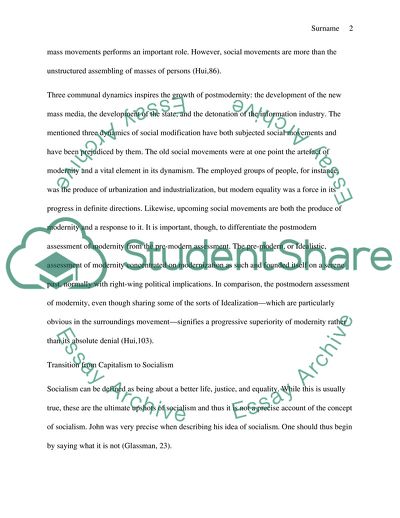Cite this document
(China in Transition Essay Example | Topics and Well Written Essays - 1500 words, n.d.)
China in Transition Essay Example | Topics and Well Written Essays - 1500 words. https://studentshare.org/politics/1829301-choose-one-of-the-topics-you-feel-most-confident-of-all-about-chinese
China in Transition Essay Example | Topics and Well Written Essays - 1500 words. https://studentshare.org/politics/1829301-choose-one-of-the-topics-you-feel-most-confident-of-all-about-chinese
(China in Transition Essay Example | Topics and Well Written Essays - 1500 Words)
China in Transition Essay Example | Topics and Well Written Essays - 1500 Words. https://studentshare.org/politics/1829301-choose-one-of-the-topics-you-feel-most-confident-of-all-about-chinese.
China in Transition Essay Example | Topics and Well Written Essays - 1500 Words. https://studentshare.org/politics/1829301-choose-one-of-the-topics-you-feel-most-confident-of-all-about-chinese.
“China in Transition Essay Example | Topics and Well Written Essays - 1500 Words”. https://studentshare.org/politics/1829301-choose-one-of-the-topics-you-feel-most-confident-of-all-about-chinese.


